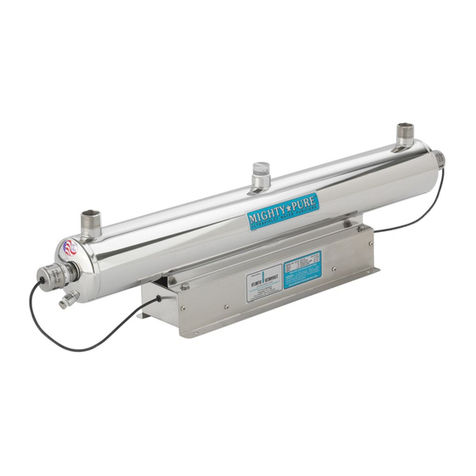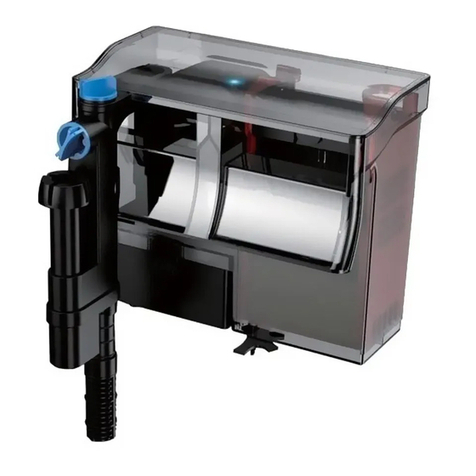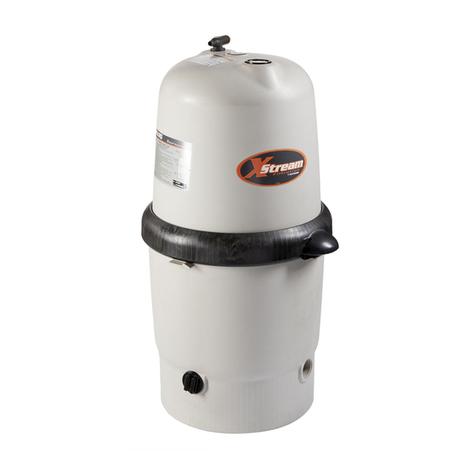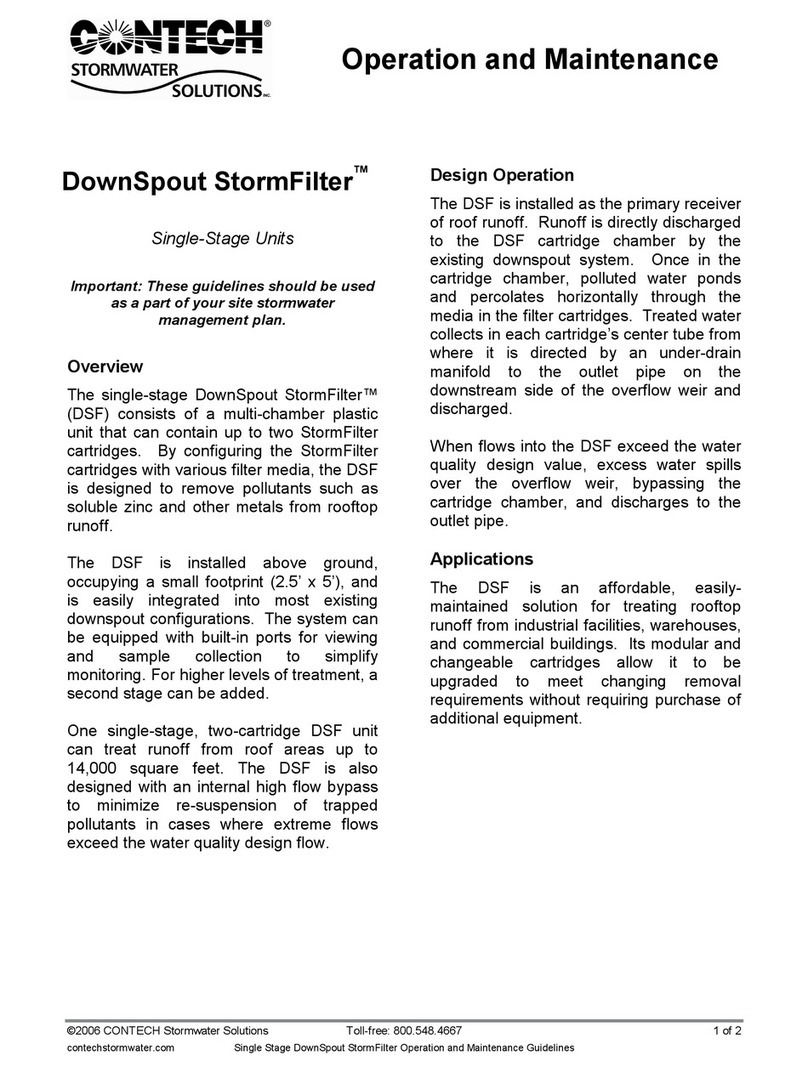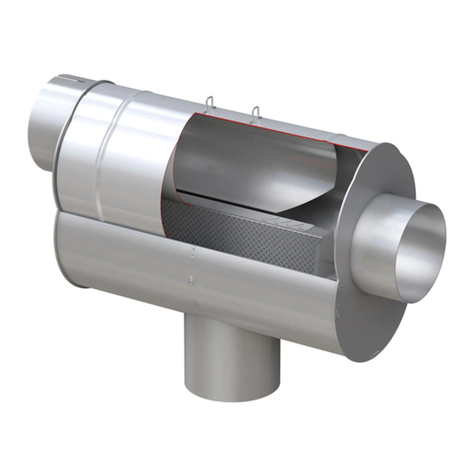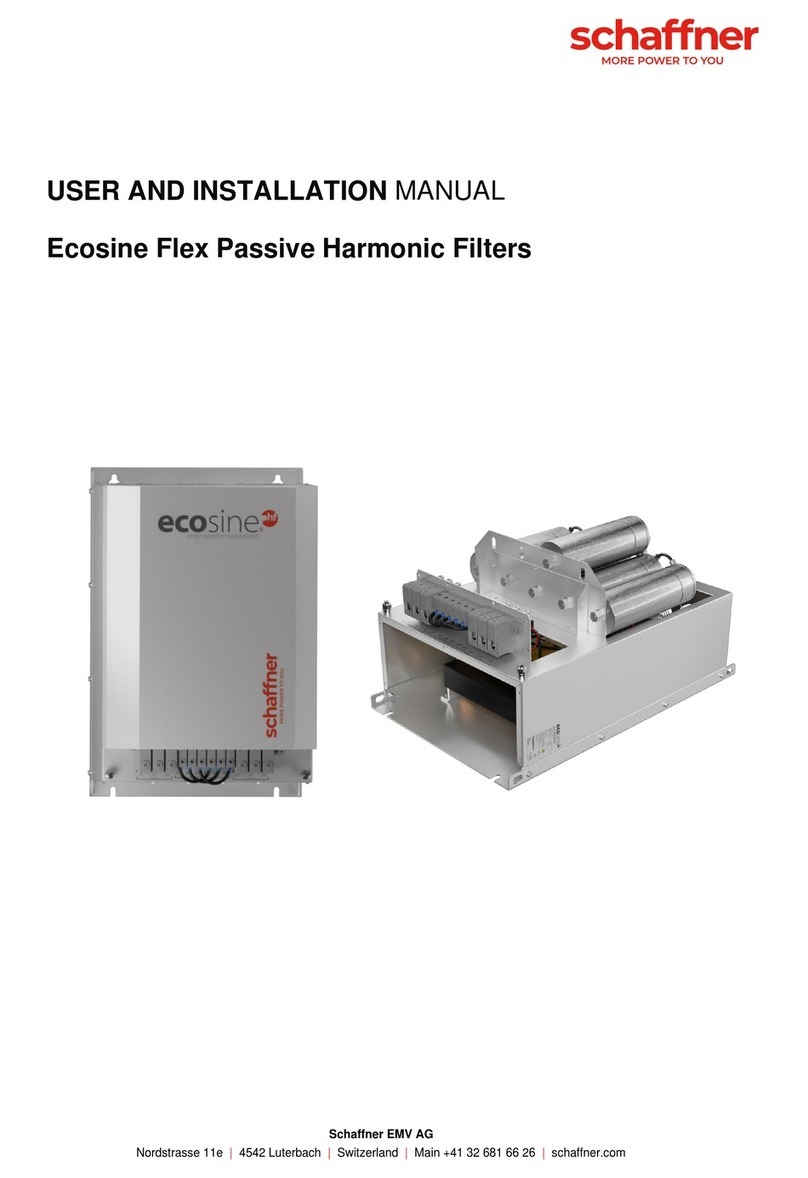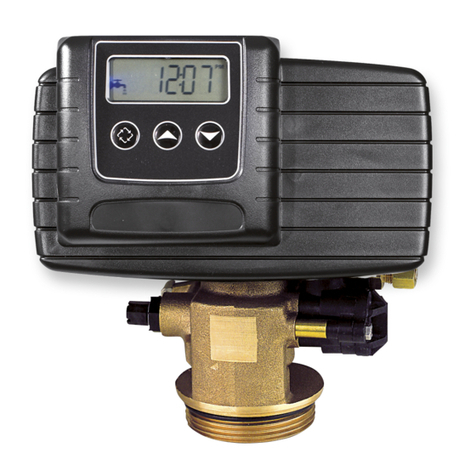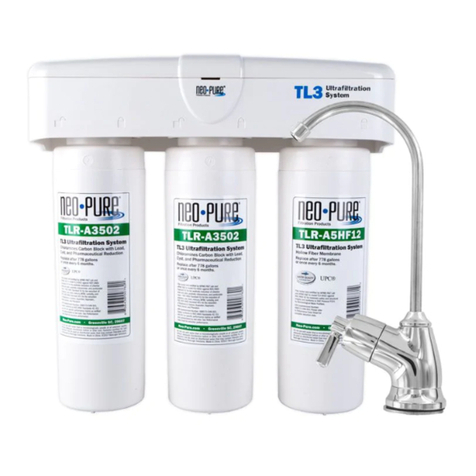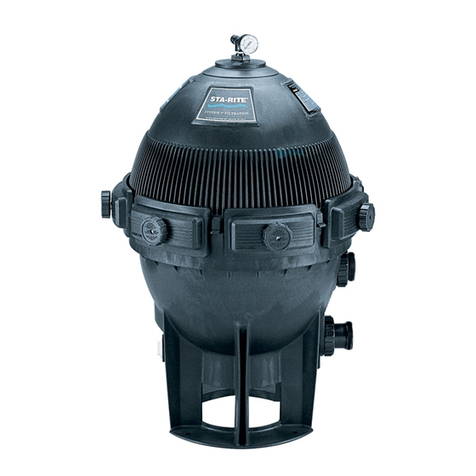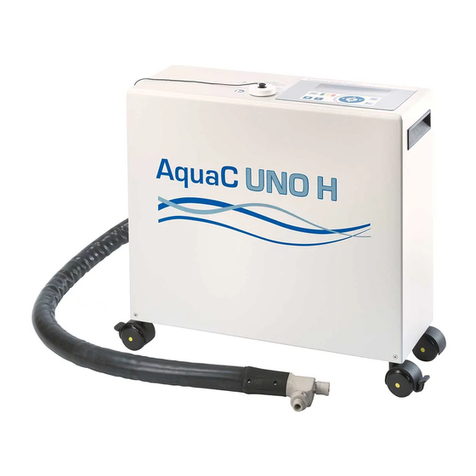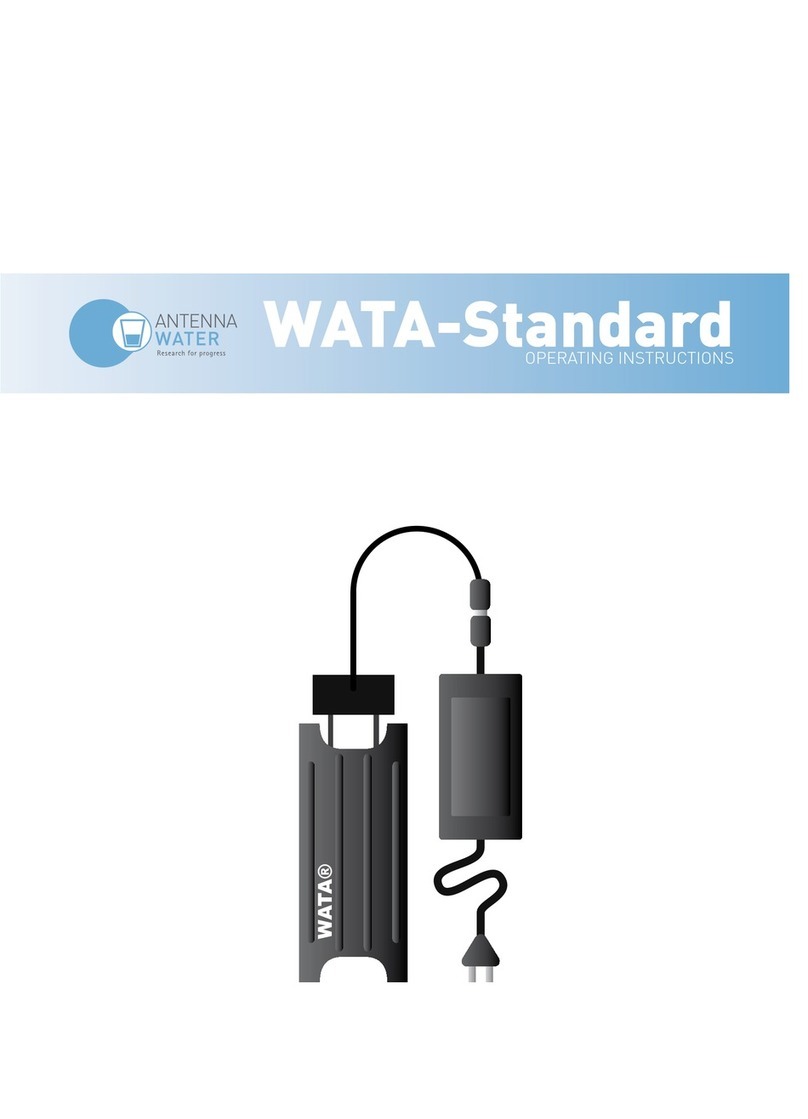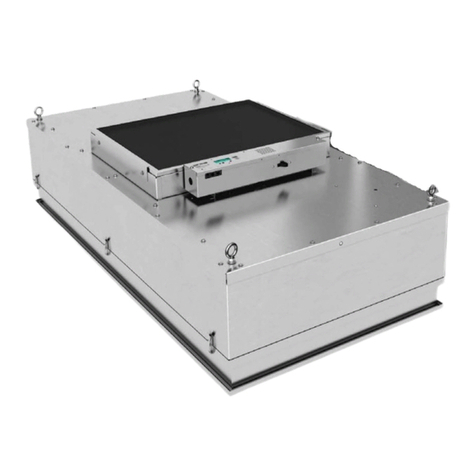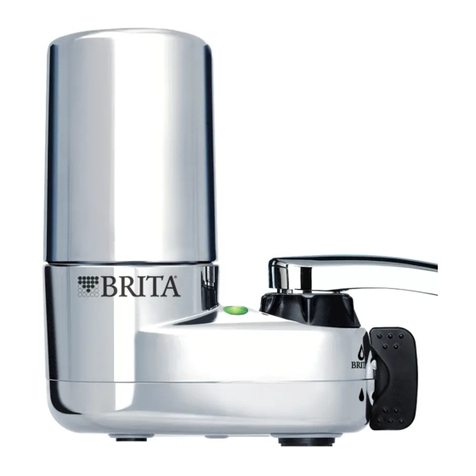
P/N 490039 Rev. C
Page 3 of 3
Manual Pressure Holding Test
1. Place the dialysate lines in the shunt with dialysate flow at 500 ml/min.
2. Set UF rate to 500 ml/hr.
3. Allow the UF pressure to rise until a TMP of 300 (260-340) mmHg is established.
4. Stop the UF pump by turning the UF OFF. Allow the TMP to stabilize.
5. The TMP may change by no more than 60 mmHg within 3 minutes.
DIASAFEFilter Integrity Test. Perform this test Bi-Weekly (Every other week).
Note: Before beginning this test, the Automated or Manual PHT must be performed successfully.
This assures the correct operation and integrity of the balancing system.
Note: This test should be performed only when the machine is stable and in an alarm free condition.
Any alarm during the test invalidates the result. It may be necessary to adjust the alarm window of
the conductivity monitor during the test to prevent an alarm.
1. Place the dialysate lines on the shunt. This will spread the TMP alarm limits.
2. Turn the dialysate flow off.
3. Zero the UF Removed.
4. Turn the test valve (on the lower back panel) to the "TEST" position (arrow is the short end).
5. Turn the UF rate to maximum.
6. Turn the UF on until the RMVD reaches 120 ml, then turn the rate down to 2000 ml/hr. If the
TMP does not increase by 60 mmHg within 3-1/2 to 4 minutes, the test has failed and the filter
should be replaced. In this test the UF pump pulls the dialysate out of the dialyzer and air is
pulled in to replace it. When all the dialysate has been replaced by air the TMP should increase.
FILLING PROGRAM or HIGH TMP alarms may occur.
Upon completion of this test, the machine may be returned to normal operation in the following way:
1. Turn the test valve handle to the "Dialyze" position.
2. Turn the dialysate flow on and confirm the dialysate flow is set to 500 ml/min.
3. Lift the dialysate shunt door to put the machine into bypass mode. Allow the machine to run
this way for 2 minutes while the air is being flushed from the DIASAFEfilter.
4. When this is finished, lower the shunt door and continue with normal pre-dialysis procedure.
